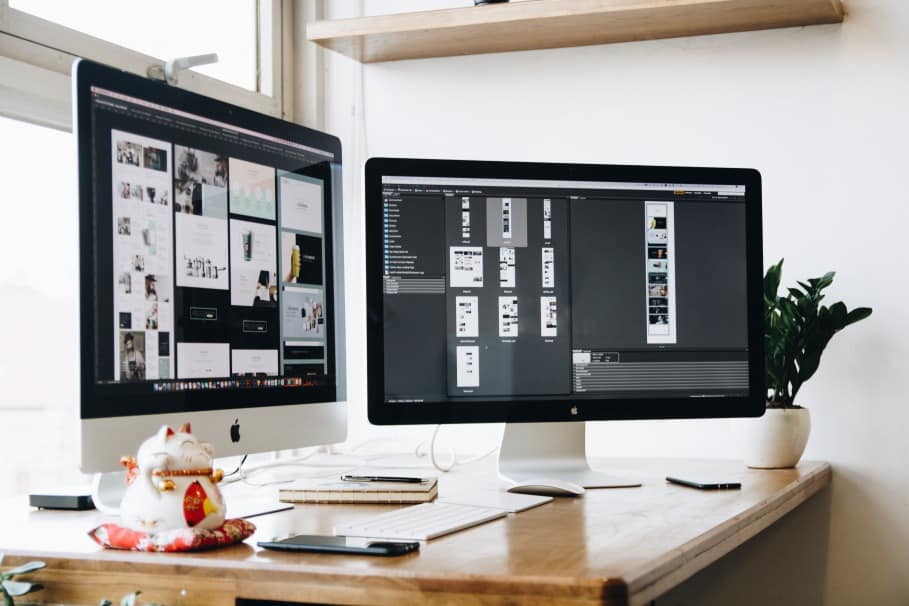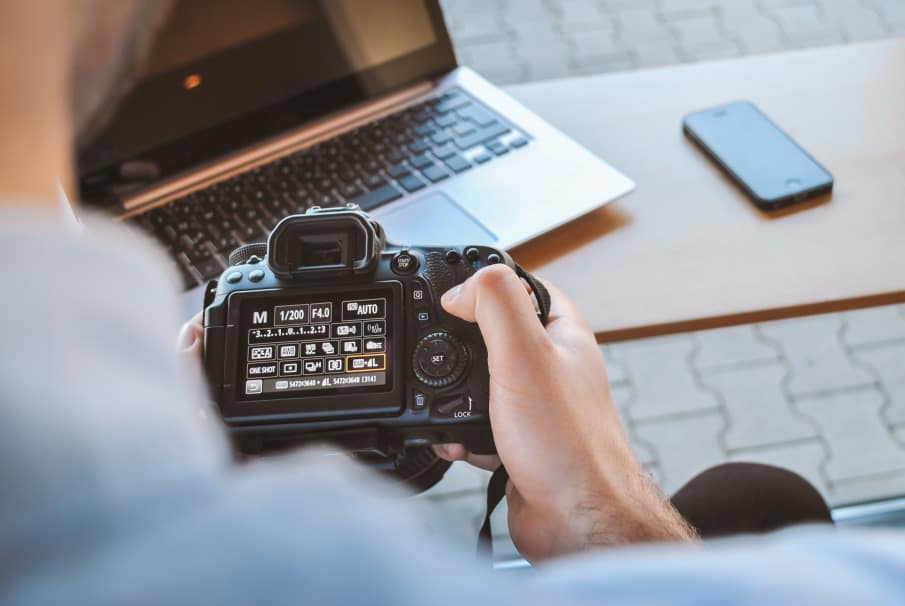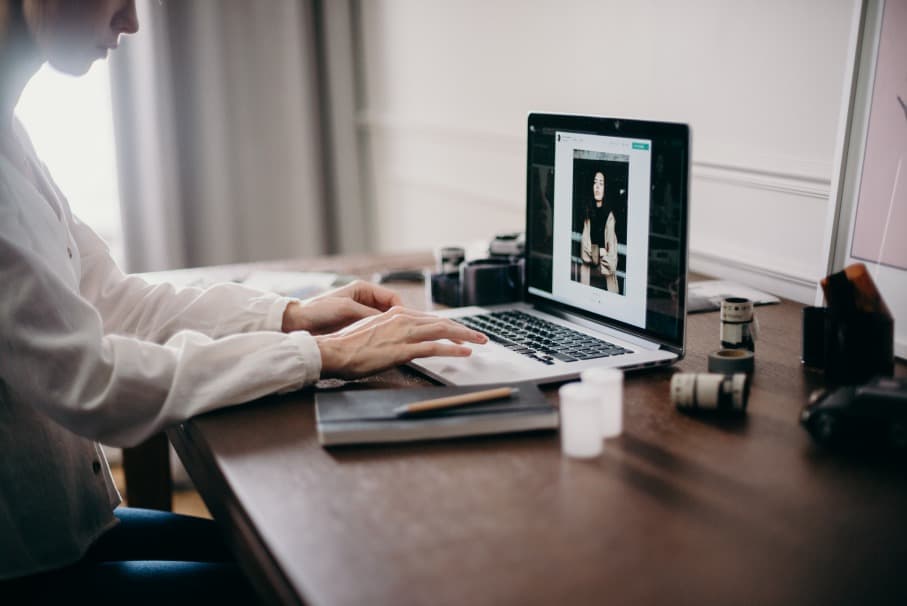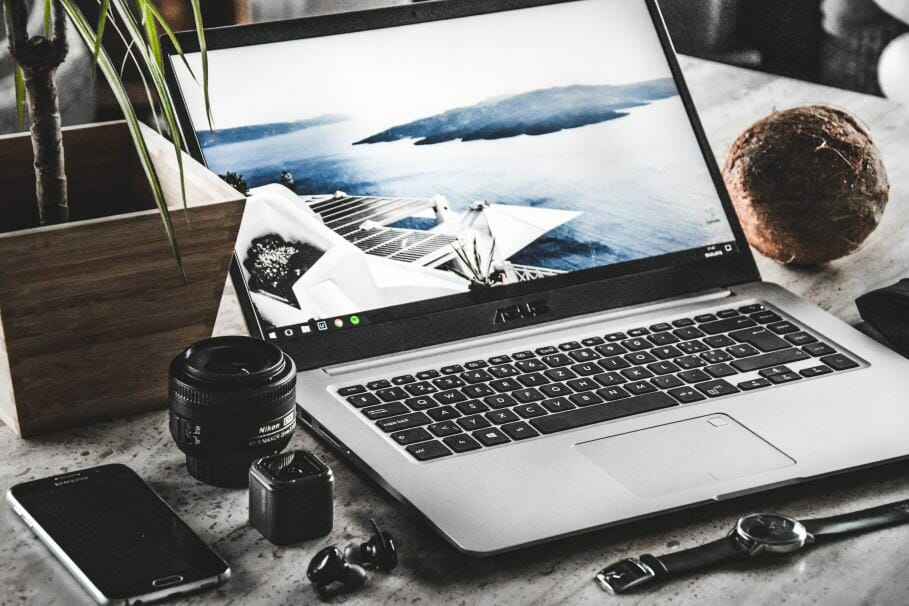Do you know what aspect ratio your images are supposed to be? Do you even know what aspect ratios are? A point-and-shoot style of taking pictures might make things easier for you, but if you want to share those images with the world, you need to know a little about aspect ratios and how they relate to your chosen platform.
Table Of Contents
Defining Aspect Ratio
The aspect ratio is essentially the width and height of the image. It’s often shown in a ratio format such as 3:2 or 1:1. This is interpreted by comparing the width to the height of the image. Confusing? Look at it this way, if the aspect ratio is shown as 1:1, the width and height are similar. This could be 500 pixels by 500 pixels or 5,000 pixels by 5,000 pixels – it doesn’t matter; the aspect ratio is the same for both images.
To explain further, let’s say that the aspect ratio of an image is 3:2. This means that the width is a bit more than the height. An image with an aspect ratio of 3:2 could measure 1500 pixels by 1000 pixels or 300 pixels by 200 pixels. Hence, you need to understand that the aspect ratio will not tell you the image’s actual size. After all, a 1:1 aspect ratio could realistically be larger than a 3:2 aspect ratio.
Related: Best Gaming Monitor: The Top 6 Displays in 2023
Why Aspect Ratio Matters
So why exactly are aspect ratios so important when it comes to images? Nowadays, the aspect ratio has a huge impact when used in an electronic platform. If you’ve ever tried uploading an image on Facebook and found that it doesn’t quite fit perfectly as your profile picture, chances are you have the wrong aspect ratio for the image. The same holds true for other online platforms like Instagram, Pinterest, Twitter, etc.
Most social media sites are explicitly optimized to display a specific aspect ratio. This doesn’t mean you can’t upload a 3:2 image on a site optimized for 1:1 pictures. You can still do so, but the results may not be as stunning as they ordinarily would in its standard 3:2 format.
Some images also work better when formatted to a specific aspect ratio. Good photographers know this and often change the ratio of their shots to ensure they get a stunning result. This matters because the first impression comes from the image when scrolling through Pinterest. Suppose the aspect ratio of the image doesn’t work with the optimized ratio of the site. In that case, the main object of the picture may get blocked, thereby preventing people from properly appreciating what you’re trying to show them.
Different Image Aspect Ratios
We’ve mentioned two types of aspect ratios – but what else are there? Here’s what you should know:
-
1:1 Aspect Ratio
This is the aspect ratio you’re probably most familiar with. Many social media sites use this ratio because it allows for very few changes to the image, regardless of how it is placed. Instagram has this ratio as its default format. Many tabs, icons, and even profile pictures also choose this sizing.
-
3:2 Aspect Ratio
This particular ratio is favored by many because it’s close to the golden ratio. Hence, it’s very aesthetically pleasing – which is why it isn’t surprising that this is the typical size for film cameras. If you’ve seen a developed picture from the old days, they probably use this aspect ratio. Notably, this is the same ratio used by painters and artists when making their masterpieces.
-
4:3 Aspect Ratio
This is the ratio you get for the modern monitor. If you watch a DVD on your screen, chances are this is optimized to show a 4:3 aspect ratio, thereby increasing the theatric effect of the show. Some cameras also utilize this sizing.
-
16:9 Aspect Ratio
Finally, there’s the 16:9, commonly used for motion pictures. This wide-angled shot offers a more compelling view for moving images but doesn’t have an impact when used for basic pictures. If your phone is advertised as a “widescreen”, then chances are it uses the 16:9 aspect ratio. Items advertising 1920 by 1080 viewing experience also have this aspect ratio.
Choosing a Good Aspect Ratio for Your Project
There are several kinds of aspect ratios because different images look good on particular proportions. You want to optimize the impact of your image, and sometimes, you need to do a bit of tweaking to get that.
So how do you do this? If you’re uploading images for Instagram, always use 1:1 as your aspect ratio. YouTube thumbnails use 16:9 while Pinterest is optimized for 2:3. Each platform changes, and even a different browser can change how an image looks when eventually viewed. This is why you need to be careful when choosing your platform.
Adjusting Images for Aspect Ratio
Let’s say you want to change a specific image from one aspect ratio to another to meet the requirements of a platform. There’s a way that this can be done, but understand that this can compromise the quality of the image itself. This is why if you know what an image will be used for, it’s best to start with an aspect ratio that already meets your requirements.
Fortunately, you can do some cropping through online sources. If you have a large image, you can crop it to your preferred ratio through an online image resizing software. Upload the image you want to fix and change the aspect ratio to the one you need. A rectangle shape will appear on the screen. Drag it onto the specific portion of the image you want to capture. Click cut and save.
Conclusion
To wrap it up, understanding aspect ratios and how they work with social media platforms, prints, and other images can do so much in promoting your product, company, or brand. It’s the little things that can make a significant impact, and with a slight image or video optimization, you may find your status as a promoter getting lots of attention.





